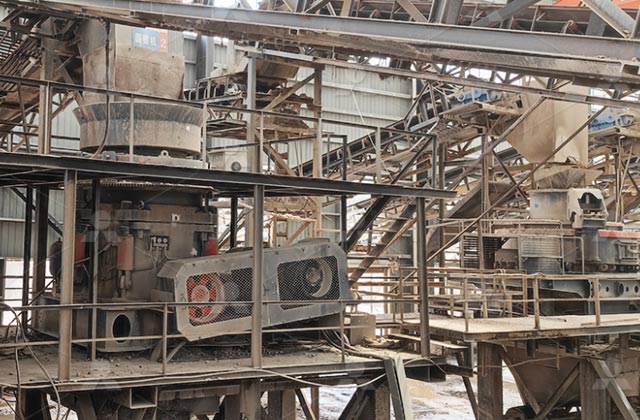In the ore processing industry, crushing plays a vital role in preparing raw ore for subsequent mineral extraction processes. Crushing is typically divided into three stages: primary, secondary, and fine (or tertiary) crushing. The fine crushing stage is crucial because it reduces the ore to the desired particle size for grinding and beneficiation. Selecting the right crusher for fine crushing can significantly affect efficiency, product quality, and overall processing costs.
What Is Fine Crushing?
Fine crushing is the last stage of crushing in the ore beneficiation process. At this stage, the ore particles are further reduced to a size small enough for grinding mills to handle efficiently. This typically means particle sizes below 10-20 mm, depending on the mineral and processing requirements. Fine crushing ensures uniformity and adequate liberation of valuable minerals from the ore matrix.

Common Crushers Used in Fine Crushing
-
Cone Crushers
Cone crushers are widely used in fine crushing due to their high efficiency and ability to produce a uniform particle size. They operate by compressing the ore between a moving mantle and a fixed concave, producing a high reduction ratio and excellent product shape.
-
Advantages:
-
High throughput
-
Consistent particle size
-
Suitable for medium to hard ores
-
Adjustable output size
-
-
Applications:
Cone crushers are often used in the fine crushing of metallic ores such as copper, iron, gold, and non-metallic ores like limestone and quartz.
-
-
Vertical Shaft Impact Crushers (VSI)
VSI crushers use velocity and impact to break the ore. In these machines, the ore is accelerated by a rotor and then crushed by impact with a hard surface or other particles.
-
Advantages:
-
Produces highly cubical and well-shaped particles
-
Good for producing fine aggregate and shaping ores
-
Can be used for soft to medium-hard materials
-
-
Applications:
Ideal for crushing ores that require good particle shape for flotation and leaching, such as complex sulfide ores.
-
Factors to Consider When Selecting a Fine Crusher for Ore
-
Ore Hardness: Hard ores like iron and copper require crushers with strong compressive forces (cone crusher preferred).
-
Feed Size and Output Size: The crusher should match the required final particle size.
-
Capacity: Crushers must handle the required throughput without bottlenecks.
-
Product Shape: Some beneficiation processes require well-shaped particles for efficient grinding.
-
Moisture Content: Wet ores may clog some crushers; choose crushers with anti-clogging features.
-
Operational Costs: Efficiency and maintenance costs affect overall profitability.
The fine crushing stage is essential for preparing ore for further processing. Choosing the right crusher depends on ore characteristics, processing goals, and operational constraints. Cone crushers, VSI crushers, and roll crushers are among the most popular options for fine crushing, each offering distinct advantages tailored to specific ore types and processing requirements. Proper selection and operation of these crushers lead to improved processing efficiency, reduced costs, and higher recovery rates in mineral beneficiation.

